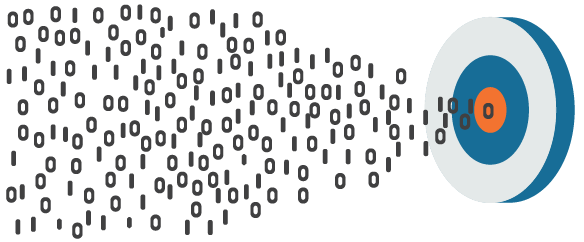
How advanced analytics and machine learning can improve employee engagement in health and wellness programs

The following post is a summary of Jen’s column in the September/October issue of Workforce magazine.
We think so little of reaching for our smartphones whenever we need information that we typically don’t give a second thought to the incredibly powerful computers we hold in our hands. More than three quarters of Americans across all income levels have a smartphone. While we turn to our phones for so many of our daily needs, many of us don’t realize that that these gadgets not only provide information, they also collect it. And that information is being used increasingly to personalize the brands we interact with, the news we consume, and the ads we see.
The employee benefits and HR space is experiencing similar tailoring and data-driven personalization, with new, smart tools that offer personalized views of benefits, work, and life for employees. They include wellness apps, fitness challenges, financial apps, and benefits enrollment platforms, to name a few.
And soon to enter the HR arena, advanced analytics will play a big role in benefits. Using techniques and tools like data mining, statistics, predictive modeling, and machine learning, companies will be able to analyze current information and predict future events. When that happens, it’s likely we’ll start to see personalized financial and health experiences—mirroring what we’re already seeing in the consumer marketing space—that will motivate meaningful behavior change.
A few companies are already ahead of the curve in this area, including Welltok, a wellness platform that leverages advanced analytics to create personalized and meaningful experiences for employees. This year, I’ll be presenting at the National Business Group on Health’s Workforce Strategy 2017 annual fall conference. I’ll join leaders from Centura Health and Welltok for a deep dive into how this new technology can provide better insight into employee behaviors to optimize resources and companies’ benefits spend. We’ll cover strategies for increasing employee engagement in health programs, measuring program impact and success, and understanding the business value of employee health and wellness programs.
The potential here is tremendous, especially when it comes to tackling the employee engagement challenge head-on. But whether employees welcome these efforts or are wary of them comes down to trust, culture, and communication. While employers have employees’ best interests at heart, employees who guard their privacy may feel threatened. Employers can’t do enough to educate them about the steps they should take, and the laws that are in place, to guard their privacy and protect their personal information. Benefits and HR leaders get aggregate employee health data; no one has access to individual health data.
Meanwhile, until employers invest more in marketing their health programs, engagement will continue to lag. It’s up to them to position the programs as relevant and valuable—just like the consumer products we all know and love.
Consumer data insights and predictive analytics can create a more personalized and meaningful experience for employees when they’re used correctly.
Work with Us
We partner with organizations that value their people first. Let’s talk.

Jennifer Benz, SVP Communications Leader, has been on the leading edge of employee benefits for more than 20 years and is an influential voice in the employee benefits industry.
